Home>Garden Essentials>How To Grow Black Oil Sunflower Seeds
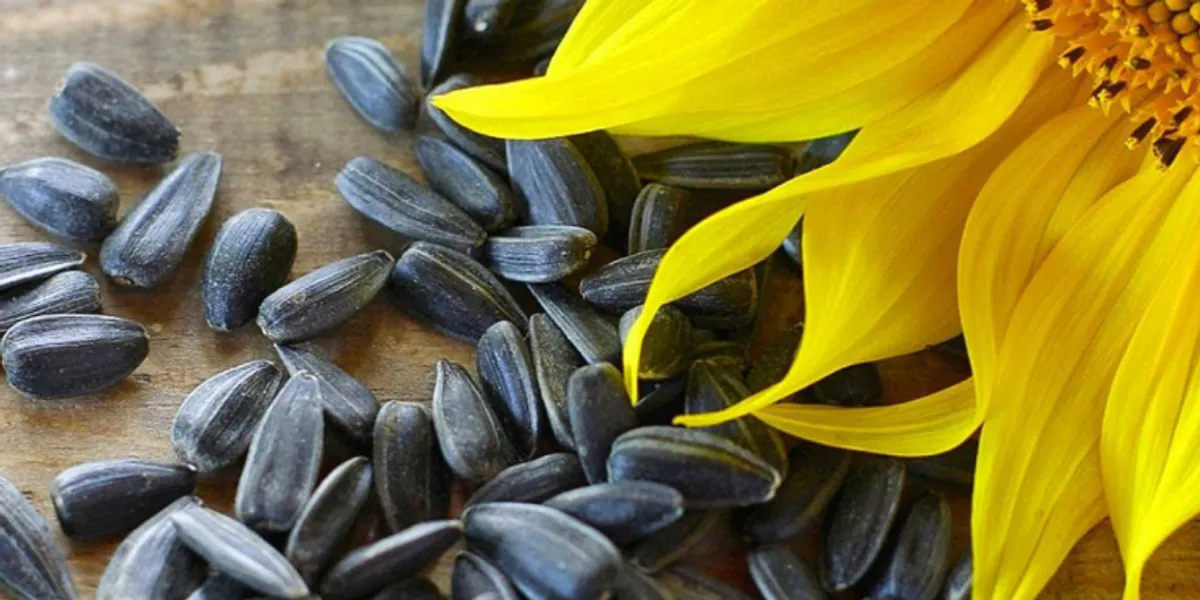

Garden Essentials
How To Grow Black Oil Sunflower Seeds
Modified: May 6, 2024
Learn the best techniques for growing black oil sunflower seeds in your garden. Discover useful tips and tricks to ensure a successful harvest.
(Many of the links in this article redirect to a specific reviewed product. Your purchase of these products through affiliate links helps to generate commission for Storables.com, at no extra cost. Learn more)
Introduction
Welcome to the wonderful world of growing black oil sunflower seeds! Whether you’re an experienced gardener or just starting out, cultivating these sunflowers in your own backyard can bring you a bountiful harvest and a garden full of beauty.
Black oil sunflower seeds (Helianthus annuus) are not only a treat for humans but also a favorite among birds. Their high oil content makes them an excellent source of energy and nutrition for birds, making them a popular choice for bird feeders. But why stop there? You can also grow your own sunflowers and enjoy the rewards of homegrown seeds.
Before we jump into the nitty-gritty of growing black oil sunflower seeds, let’s take a moment to appreciate the many benefits of adding these stunning plants to your garden. Sunflowers are not only visually striking, with their tall stalks and large, vibrant flower heads, but they also attract pollinators like bees and butterflies. Their cheerful appearance can bring life and color to any garden.
Furthermore, growing your own sunflower seeds allows you to experience the satisfaction of cultivating and harvesting your own food. Black oil sunflower seeds are rich in healthy fats, fiber, protein, and essential vitamins and minerals. Incorporating them into your diet can provide a range of health benefits, including improved heart health and digestion.
Now that we’ve whetted your appetite, let’s delve into the process of growing black oil sunflower seeds. From choosing the right location to harvesting and storing the seeds, we’ll guide you through each step to ensure your sunflowers thrive and produce a delightful bounty.
Key Takeaways:
- Grow black oil sunflower seeds in sunny, well-drained soil with ample space. Enjoy vibrant blooms, attract pollinators, and harvest nutritious seeds for yourself and birds.
- Care for sunflowers by watering deeply, providing balanced fertilization, and protecting from pests and diseases. Harvest and store seeds for future planting and enjoyment.
Read more: When To Plant Black Oil Sunflower Seeds
Choosing the Right Location
Choosing the right location for your black oil sunflower seeds is crucial to their growth and success. Sunflowers require ample sunlight, well-drained soil, and sufficient space to grow to their full potential.
Start by selecting a spot in your garden or yard that receives at least 6 to 8 hours of direct sunlight each day. Sunflowers are sun-loving plants and require plenty of sunshine to grow tall and produce abundant blooms.
In addition to sunlight, consider the soil conditions. Sunflowers prefer well-drained soil that is rich in organic matter. Avoid areas with heavy clay soil that tend to become waterlogged or areas with sandy soil that quickly dries out. To improve the soil’s fertility and drainage, amend it with compost or well-rotted organic matter prior to planting.
Another factor to consider is the available space. Depending on the variety, sunflowers can grow anywhere from 2 to 12 feet tall and have a spread of up to 3 feet. Ensure that there is enough space between plants to allow for adequate airflow and prevent overcrowding.
In terms of aesthetics, sunflowers make a beautiful addition to borders, fences, or as a standalone focal point in your garden. Consider the overall layout and design of your garden when choosing the location for your sunflower seeds.
Lastly, keep in mind that sunflowers have a tendency to face the east, following the movement of the sun throughout the day. If you want the flowers to face a specific direction, take this into account when positioning them in your garden.
By selecting a location that meets the sunlight requirements, has well-drained soil, and provides ample space for growth, you’re setting the stage for your black oil sunflower seeds to flourish and bring joy to your garden.
Preparing the Soil
Preparing the soil is a crucial step in ensuring the healthy growth of your black oil sunflower seeds. By creating the right conditions for your sunflowers, you’ll set them up for success.
Start by clearing the area of any weeds, rocks, or debris. Sunflowers thrive in soil that is free from competition and obstacles. Clearing the space will also reduce the chances of pests and diseases affecting your plants.
Once the area is clear, it’s time to prepare the soil. Sunflowers prefer well-drained soil that is rich in organic matter. Begin by loosening the soil with a garden fork or tiller. This will improve aeration and drainage, allowing the roots to penetrate the soil more easily.
If your soil lacks organic matter, incorporate compost or well-rotted manure into the top 6 inches of soil. This will add vital nutrients, improve water retention, and enhance the overall fertility of the soil.
Before planting your black oil sunflower seeds, perform a soil pH test. Sunflowers prefer a slightly acidic to neutral soil pH of 6.0 to 7.5. If the pH is outside of this range, you can adjust it by adding lime to raise the pH or sulfur to lower it. Follow the instructions on the product packaging for the correct amount to use.
Once the soil is prepared and the pH is adjusted if necessary, rake the soil to create a smooth and level surface. This will make it easier to plant the seeds at the correct depth and ensure even germination.
Remember, black oil sunflower seeds are relatively large, so they should be planted about 1 inch deep in the soil. Space the seeds 6 to 12 inches apart, depending on the variety and the size of the mature plants.
By taking the time to properly prepare the soil, you are providing optimal conditions for your black oil sunflower seeds to take root, grow strong, and produce stunning blooms.
Planting Black Oil Sunflower Seeds
Now that your soil is prepared, it’s time to plant your black oil sunflower seeds. Follow these steps to ensure a successful planting process:
- Timing: Sunflowers are warm-weather plants, so it’s important to plant the seeds after the danger of frost has passed and the soil has warmed up. In most regions, this is typically in late spring or early summer. Check with your local gardening resources to determine the best time to plant in your specific area.
- Soaking Seeds: Prior to planting, consider soaking your sunflower seeds in water for a few hours. This can help speed up germination and give your seeds a head start.
- Planting Depth: Sunflower seeds should be planted about 1 inch deep in the soil. Dig a small hole or use your finger to create a depression in the soil, place a seed in the hole, and cover it with soil. Space the seeds according to the recommended spacing for the specific variety you are planting.
- Watering: After planting, water the soil thoroughly to ensure good seed-to-soil contact and to help initiate germination. Keep the soil consistently moist but not waterlogged throughout the germination period.
- Germination: Black oil sunflower seeds typically germinate within 7 to 10 days. During this time, it’s essential to keep the soil consistently moist but avoid overwatering, as this can cause the seeds to rot.
- Thinning: Once the seedlings have emerged and developed their first set of true leaves, thin them out if they are overcrowded. Remove the weaker seedlings, leaving the strongest and healthiest plants to grow to their full potential.
It’s important to note that sunflowers have a taproot, which means that transplanting them can be challenging. Therefore, it’s best to directly sow the seeds in the desired location rather than starting them indoors and transplanting later.
Keep an eye on the weather conditions and provide protection if necessary, such as covering the seedlings with a light fabric or using a cold frame, if there are unexpected drops in temperature.
With proper planting techniques, you’re on your way to growing beautiful and vibrant black oil sunflowers that will grace your garden with their stunning blooms.
Watering and Fertilizing
Watering and fertilizing are critical aspects of caring for your black oil sunflower seeds throughout their growth cycle. By providing them with adequate water and essential nutrients, you’ll ensure healthy development and maximize their potential.
Read more: What Birds Like Black Oil Sunflower Seeds
Watering
Establishing a proper watering routine is essential, especially during the early stages of growth. Here are some guidelines to follow:
- Consistent Moisture: Sunflowers require consistent moisture, so it’s important to water them regularly. Aim to keep the soil evenly moist, but be cautious of overwatering, as it can lead to root rot.
- Deep Watering: When you do water, make sure to water deeply. This encourages the roots to grow deeply into the soil and ensures better access to water and nutrients. Water at the base of the plants rather than overhead to avoid wetting the leaves, which can lead to disease.
- Drought Tolerance: As your sunflowers mature, they become more drought-tolerant. However, during hot and dry periods, it’s important to monitor the soil moisture levels and provide additional water when needed.
Fertilizing
Proper fertilization is essential for promoting healthy growth and abundant blooms. Here’s what you need to know:
- Before Planting: Prior to planting your sunflower seeds, you can incorporate a balanced slow-release fertilizer into the soil to provide the necessary nutrients for initial growth.
- During Growth: As your sunflowers grow, you can provide additional fertilization to support their development. A balanced fertilizer with equal parts nitrogen, phosphorus, and potassium (N-P-K) works well for sunflowers. Follow the instructions on the fertilizer packaging for application rates.
- Avoid Over-Fertilizing: While fertilization is important, it’s crucial not to overdo it. Excessive nitrogen can lead to an abundance of leaves but fewer flowers. Monitor your plants’ growth and adjust fertilization accordingly.
It’s important to note that some gardeners prefer organic options for fertilizing, such as compost or well-rotted manure. These organic amendments not only provide nutrients but also improve the overall soil structure and fertility.
Regularly monitor your sunflowers for signs of stress, such as wilting or yellowing leaves. These can be indicators of insufficient watering or nutrient deficiencies. Adjust your watering and fertilization practices accordingly to ensure your sunflowers continue to thrive throughout the growing season.
Controlling Pests and Diseases
While black oil sunflowers are generally resilient plants, they can still fall victim to certain pests and diseases. Implementing proper pest and disease control measures will help protect your sunflowers and ensure their healthy growth and development.
Pest Control
Here are some common pests that may pose a threat to your black oil sunflowers, along with strategies to manage them:
- Aphids: These small, sap-sucking insects can cluster on the leaves and stems of sunflowers. Spray affected plants with a strong jet of water to dislodge aphids, or use insecticidal soap if the infestation is severe.
- Caterpillars: Caterpillars, such as the larvae of the sunflower moth, can feed on the leaves and flowers of sunflowers. Handpick and remove any caterpillars you find, or use organic insecticides labeled for caterpillar control.
- Slugs and Snails: These slimy pests can chew on the leaves and stems of sunflowers. Remove any hiding spots near your sunflowers, such as debris or mulch, and consider using barriers like copper tape or diatomaceous earth to repel them.
- Birds: While birds may be attracted to the seeds of sunflowers, you can protect your harvest by covering the flower heads with mesh netting or using scare tactics like reflective tape or decoy predators.
Read more: How To Ingest Black Seed Oil
Disease Control
Sunflowers are prone to certain diseases that can impact their health and productivity. Here are a few common diseases and preventive measures to consider:
- Powdery Mildew: This fungal disease causes a white, powdery coating on the leaves. To prevent powdery mildew, ensure adequate spacing between plants for proper airflow, avoid overhead watering, and remove any infected plant material.
- Downy Mildew: Downy mildew appears as yellow spots on the upper surface of leaves, accompanied by a fuzzy, gray growth on the undersides. Similar to powdery mildew, proper spacing and good air circulation will help prevent this disease.
- Botrytis (Gray Mold): Botrytis is a grayish-brown fungal infection that affects sunflower heads. To minimize the risk of botrytis, keep the area around your sunflowers clean by removing dead plant material and debris.
It’s worth noting that prevention is key when it comes to pest and disease control. Maintaining healthy plants through proper watering, fertilization, and soil management will help reduce their susceptibility to pests and diseases.
If you notice signs of pest or disease infestation, take action promptly to prevent further damage. Remember to always use organic and environmentally friendly methods whenever possible to protect beneficial insects and maintain a balanced ecosystem in your garden.
Harvesting and Storing Sunflower Seeds
After patiently nurturing your black oil sunflower seeds, it’s time to reap the rewards of your hard work by harvesting and storing the delicious and nutritious seeds.
Harvesting
Here is a step-by-step guide to harvesting your sunflower seeds:
- Timing: Harvesting sunflower seeds is all about timing. Wait until the back of the sunflower head turns yellow or brown, and the seeds become plump and dark. The petals of the flower will also start to dry and fall off.
- Prepare: Put on a pair of gloves to protect your hands from the prickly stems and flower head. You may also want to wear long sleeves for added protection.
- Cutting: Use a sharp pair of pruning shears or scissors to cut the sunflower head from the stem, leaving a few inches of stem attached to the head.
- Drying: Hang the sunflower heads upside down in a well-ventilated area, such as a garage or covered porch. Allow them to dry completely for about two weeks or until the seeds are easily removed.
Extracting Seeds
Once the sunflower heads are dry, it’s time to extract the seeds:
- Prepare your workspace by spreading a large clean sheet or tarp on a flat surface to catch any falling seeds.
- Gently rub the dried sunflower head with your hands or use a fork to loosen the seeds and remove any remaining petals or debris.
- Spread the seeds out on the sheet or tarp and allow them to fully dry for another week or two. Ruffling them occasionally will help ensure even drying.
- Thoroughly clean the seeds by gently rubbing them together or using a sieve to remove any remaining debris.
Storing
Proper storage will help maintain the quality and freshness of your sunflower seeds:
- Ensure the seeds are completely dry before storing them to prevent mold or spoilage.
- Store the seeds in airtight containers such as glass jars or plastic bags to protect them from moisture and pests.
- Keep the containers in a cool, dark, and dry place, such as a pantry or cellar. Avoid storing them in areas with fluctuating temperatures or exposure to sunlight.
When stored properly, sunflower seeds can maintain their quality for several months, allowing you to enjoy the harvest throughout the year.
Remember, you can save some seeds from your harvest to replant next season, ensuring a continuous cycle of sunflower growing in your garden year after year.
Conclusion
Congratulations on successfully growing black oil sunflower seeds! By following the steps outlined in this guide, you have learned how to choose the right location, prepare the soil, plant the seeds, and care for your sunflowers throughout their growth cycle.
From the moment you selected the perfect spot in your garden to harvesting and storing the sunflower seeds, you have embarked on a rewarding journey of gardening and self-sufficiency. Not only have you beautified your garden with these vibrant flowers, but you have also provided a source of nourishment for birds and yourself.
By incorporating sunflowers into your garden, you have created an inviting habitat for pollinators and improved the overall biodiversity in your outdoor space. Additionally, the joy and satisfaction of growing your own food are unmatched as you watch your sunflowers bloom and your harvest come to fruition.
Remember to continue caring for your sunflowers by providing sufficient water, fertilizing as needed, and addressing any pest or disease issues promptly. With proper maintenance, your sunflowers can continue to thrive and provide you with years of enjoyment.
As you bask in the beauty and abundance of your sunflowers, consider sharing the seeds with others, whether as gifts or by saving them for future planting. Let your love for gardening and the beauty of sunflowers inspire others to embark on their own gardening adventures.
Thank you for joining us on this journey of growing black oil sunflower seeds. May your garden be filled with vibrant blossoms, buzzing pollinators, and a sense of fulfillment from nurturing nature’s wonders.
Now that you've mastered growing black oil sunflower seeds, why not spruce up your garden's boundaries with some creative flair? Our article on the best garden fence ideas offers a variety of designs that can transform your outdoor space into a visually appealing haven. Whether you're looking for privacy, style, or just a bit of structure for your garden beds, you'll find plenty of inspiration to get you started on your next project. Don't miss out on these exciting possibilities to enhance your garden's charm and functionality!
Frequently Asked Questions about How To Grow Black Oil Sunflower Seeds
Was this page helpful?
At Storables.com, we guarantee accurate and reliable information. Our content, validated by Expert Board Contributors, is crafted following stringent Editorial Policies. We're committed to providing you with well-researched, expert-backed insights for all your informational needs.
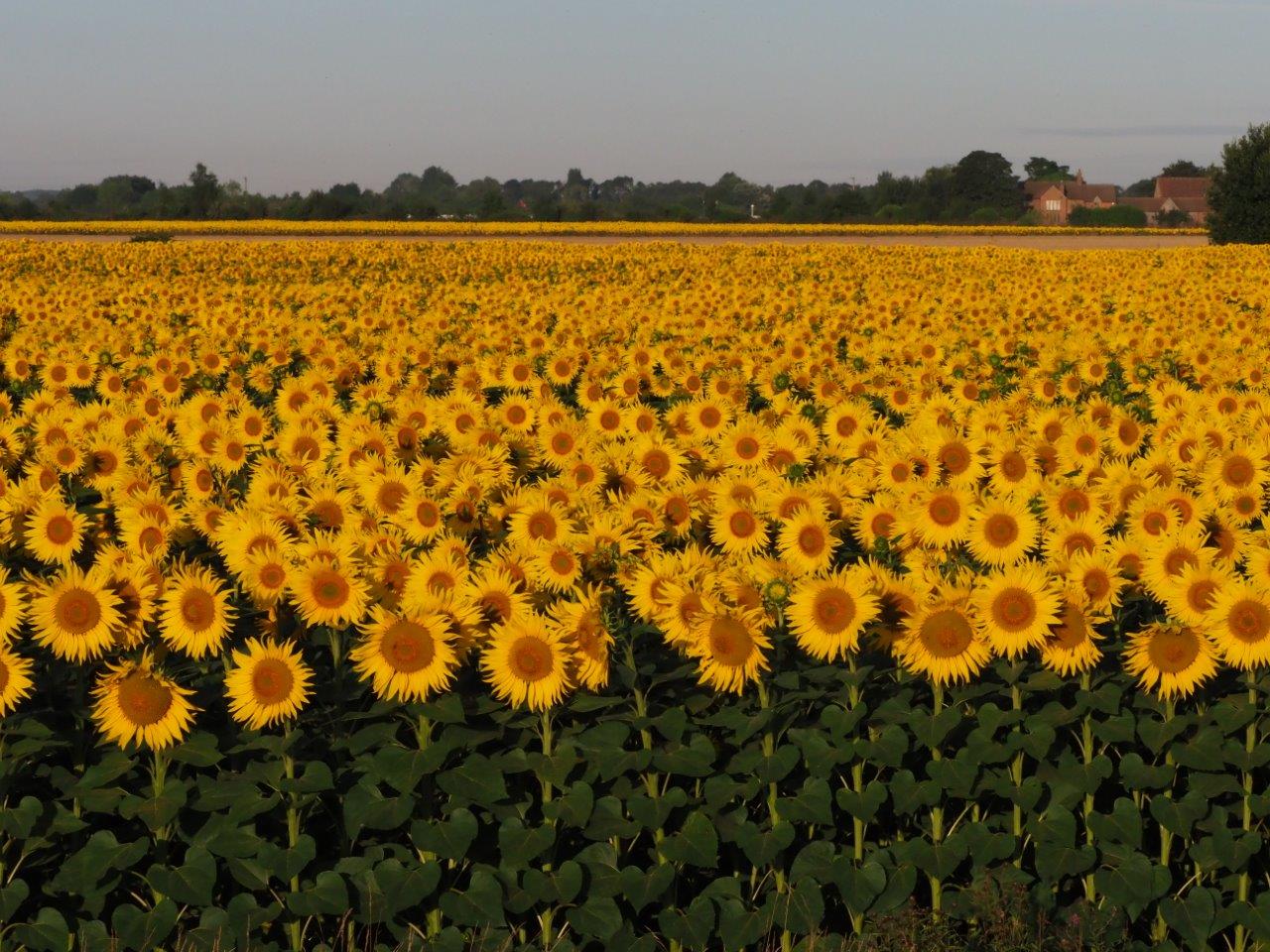
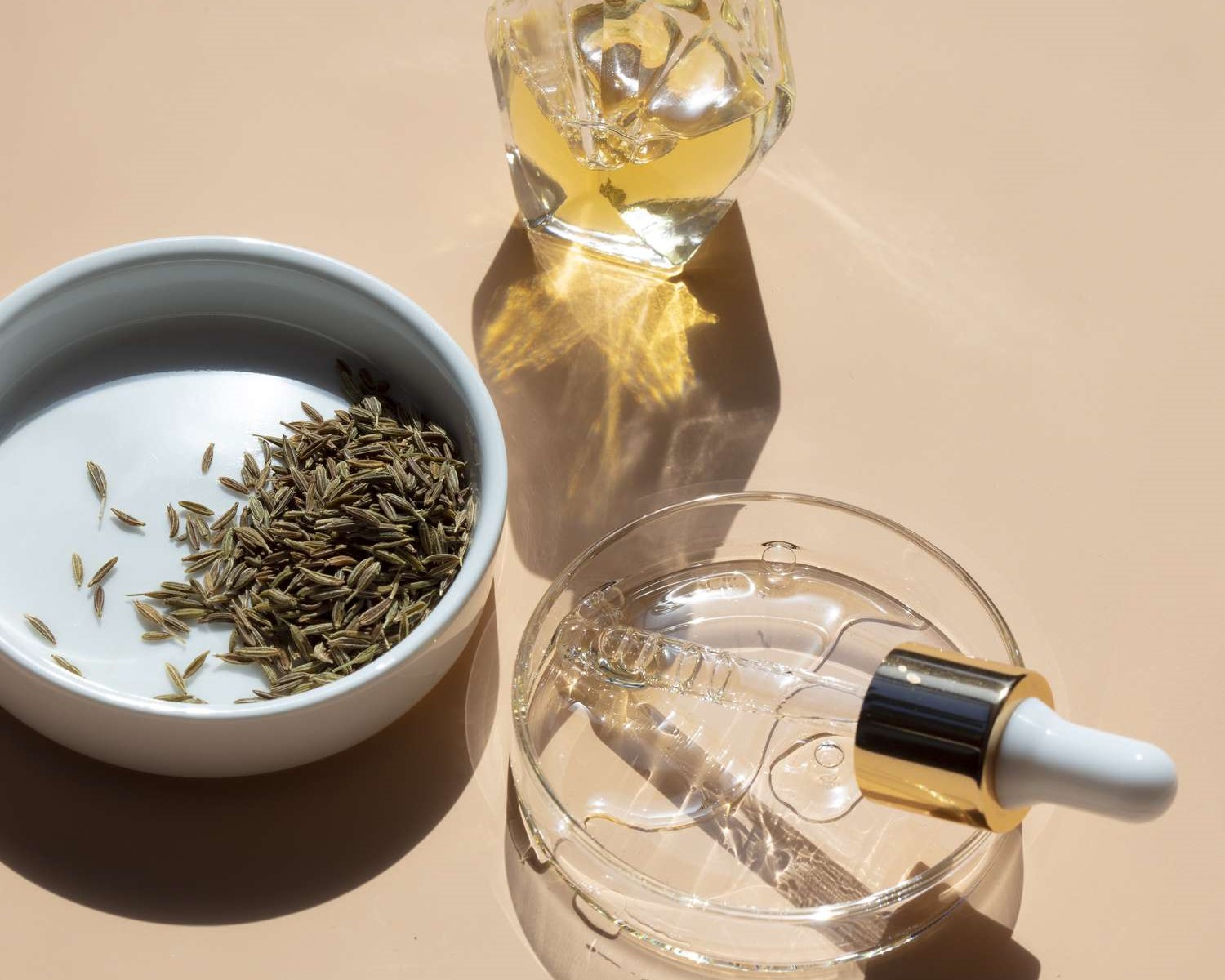
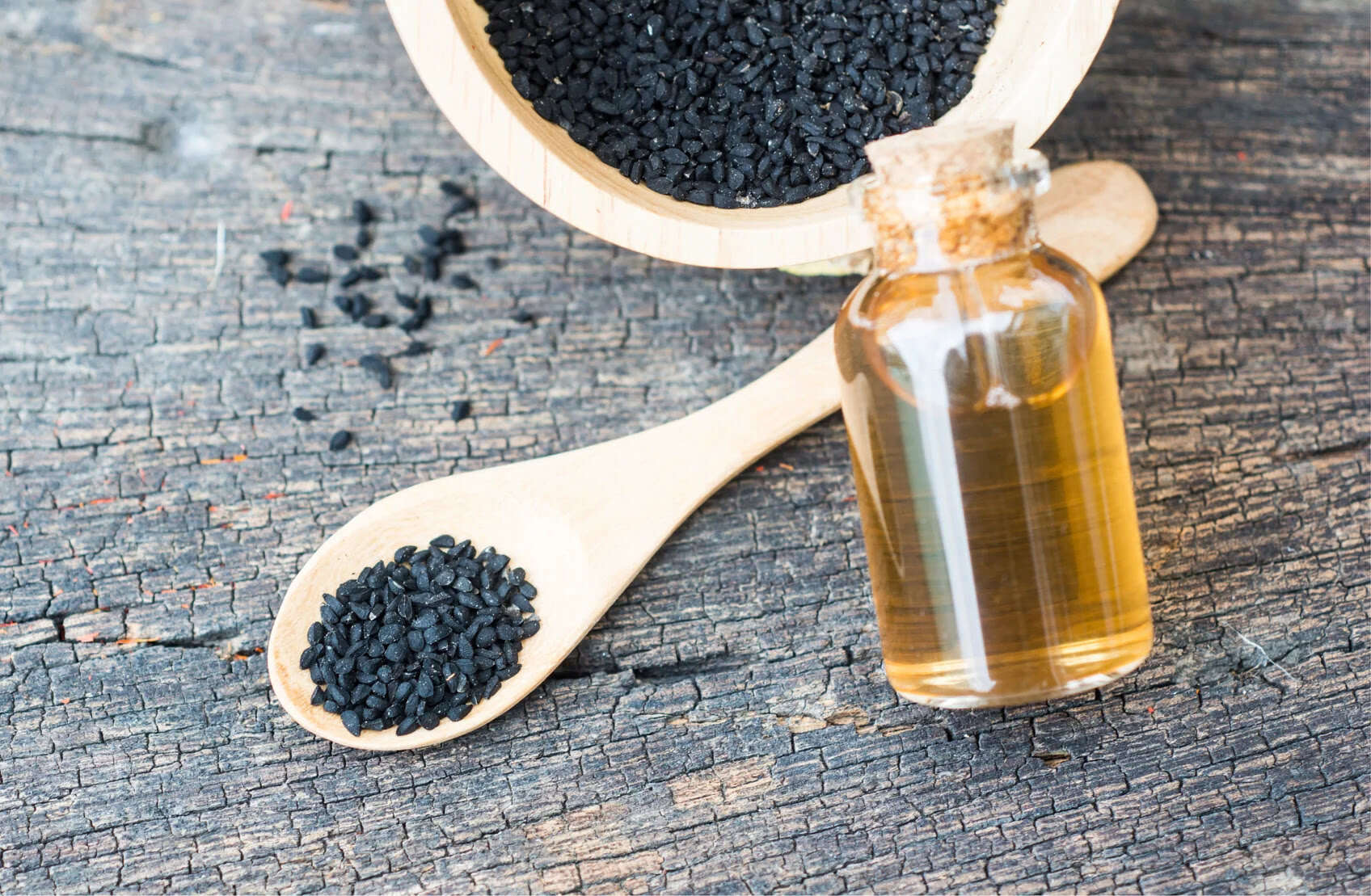
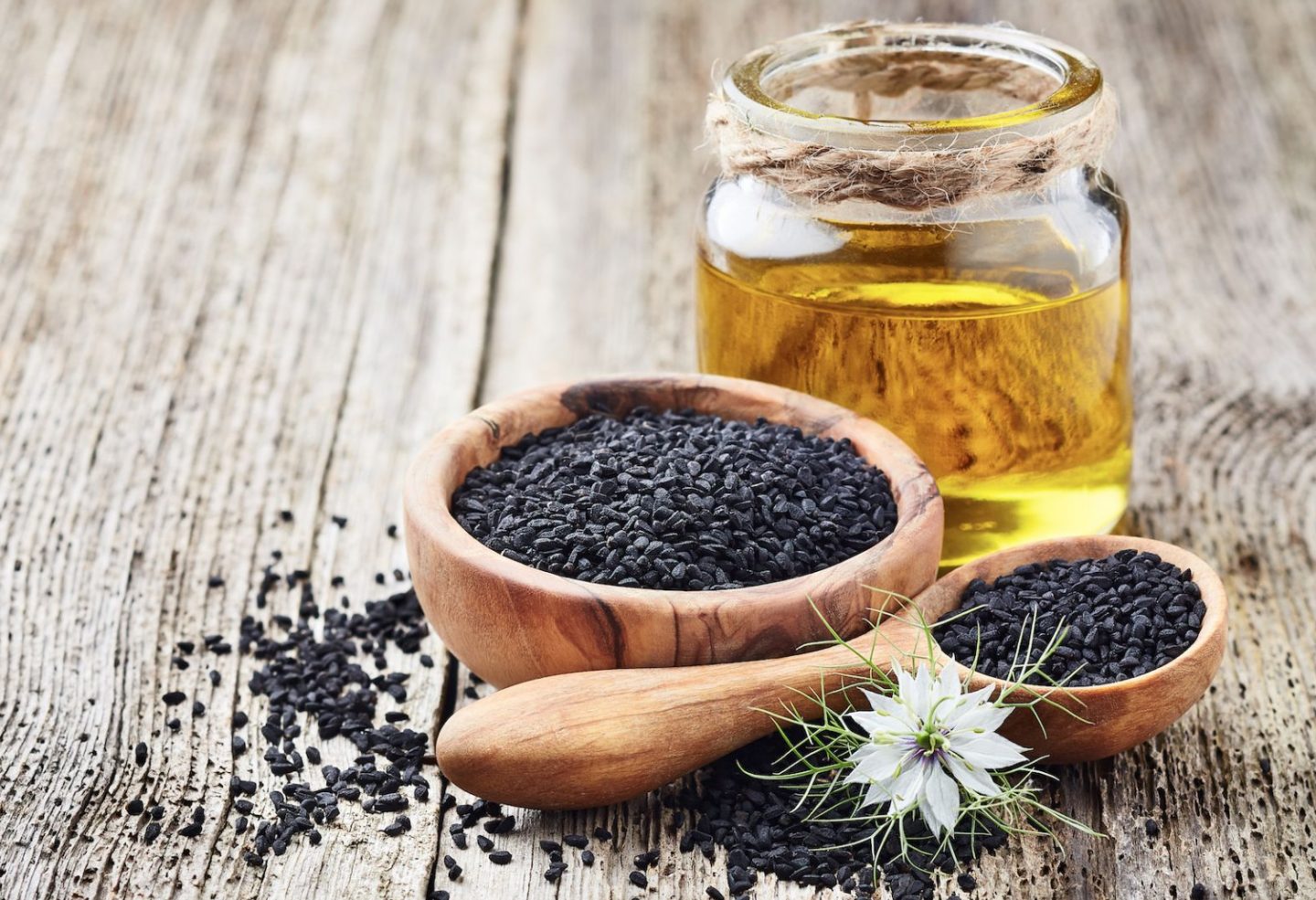
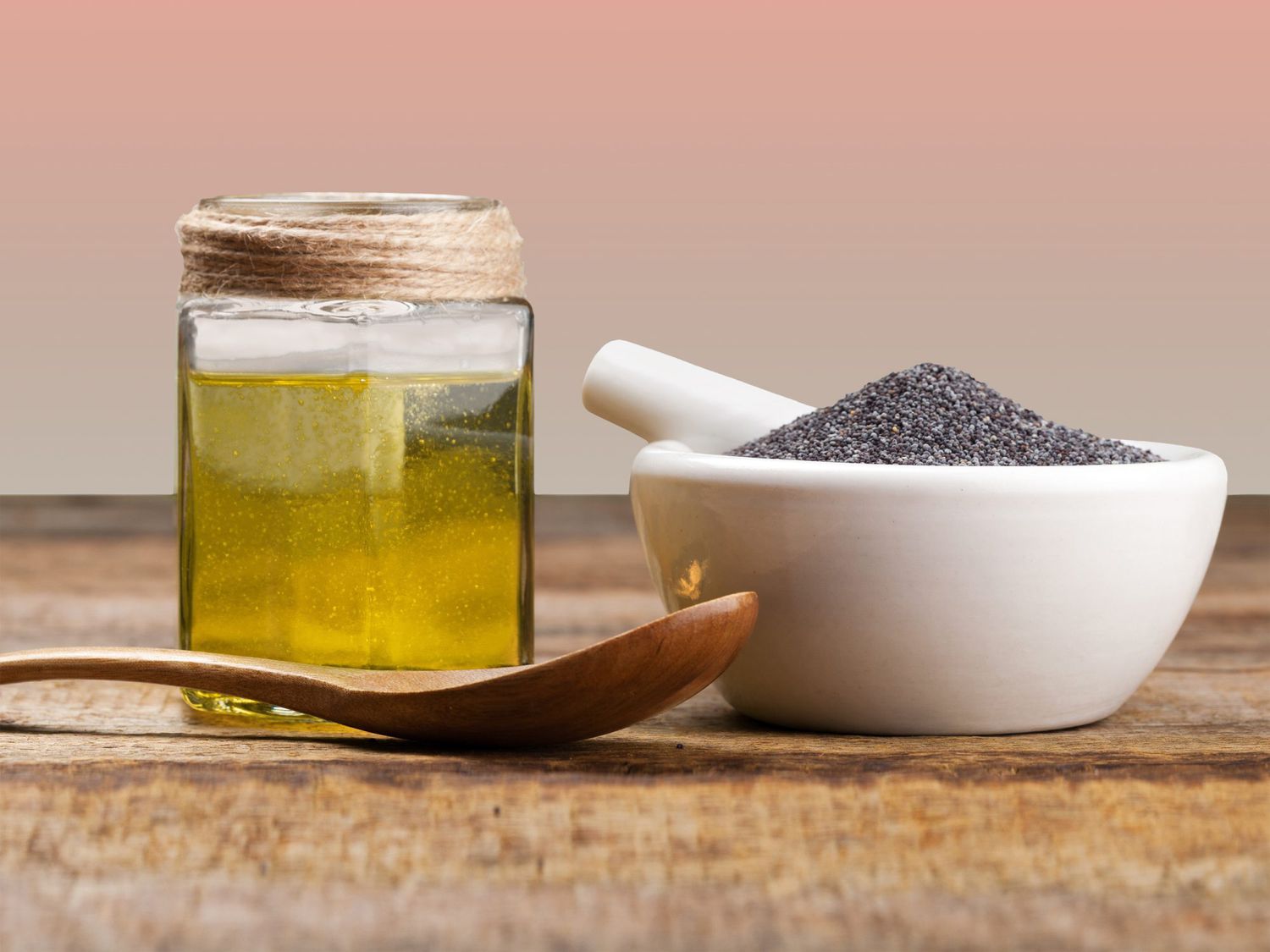
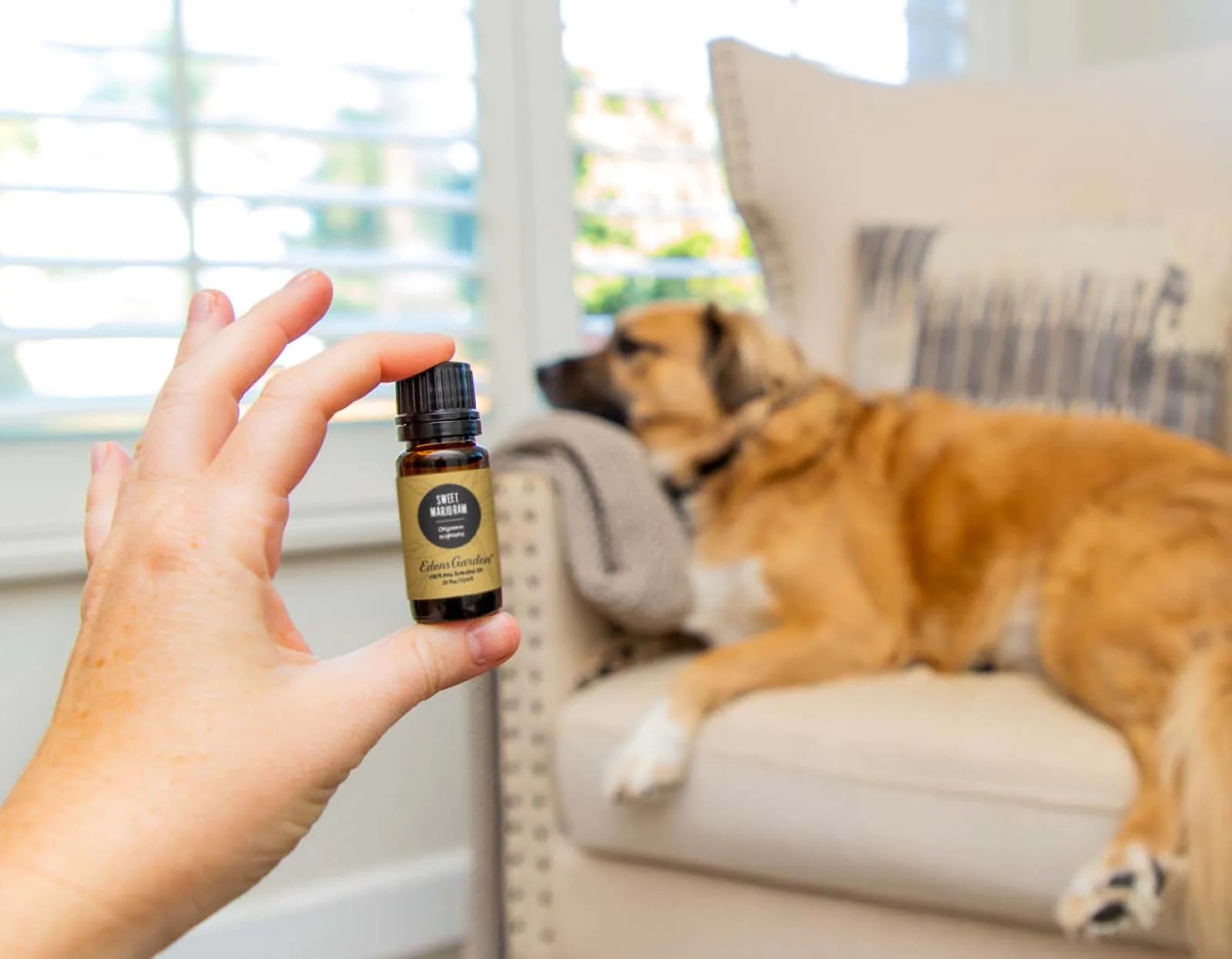
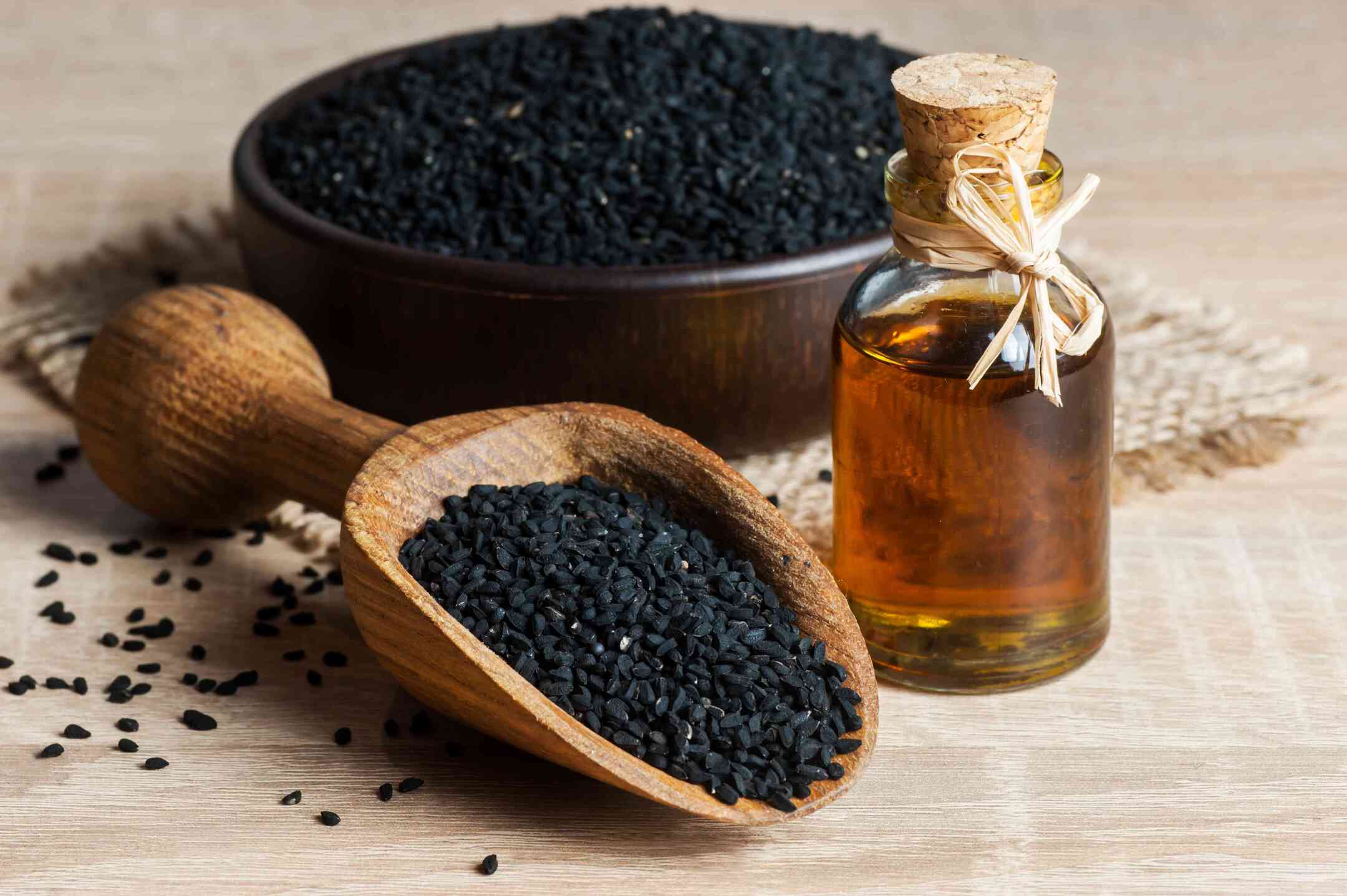
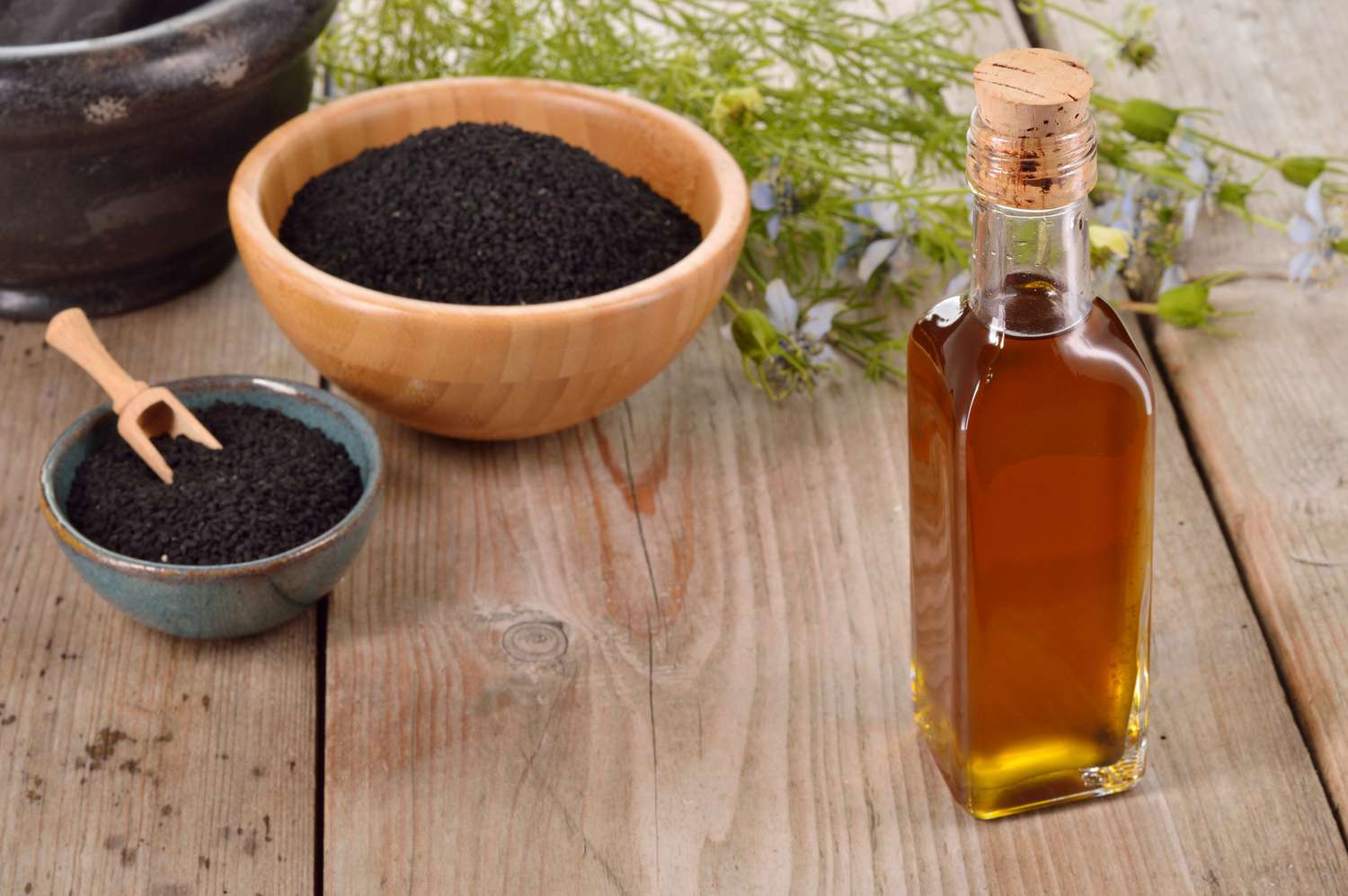
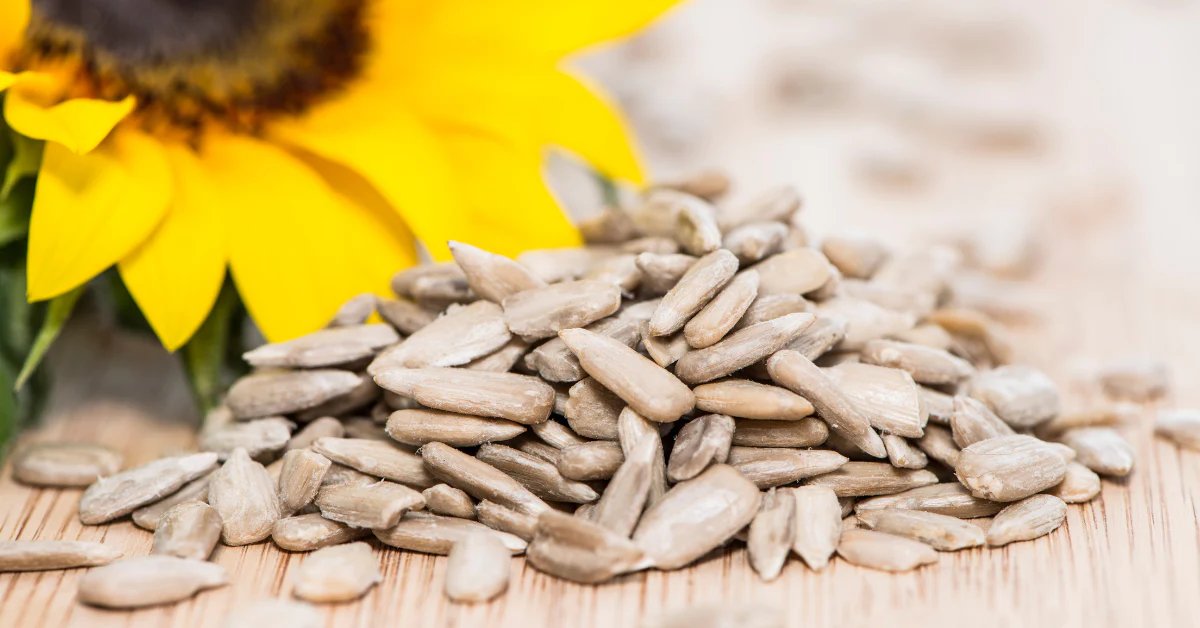
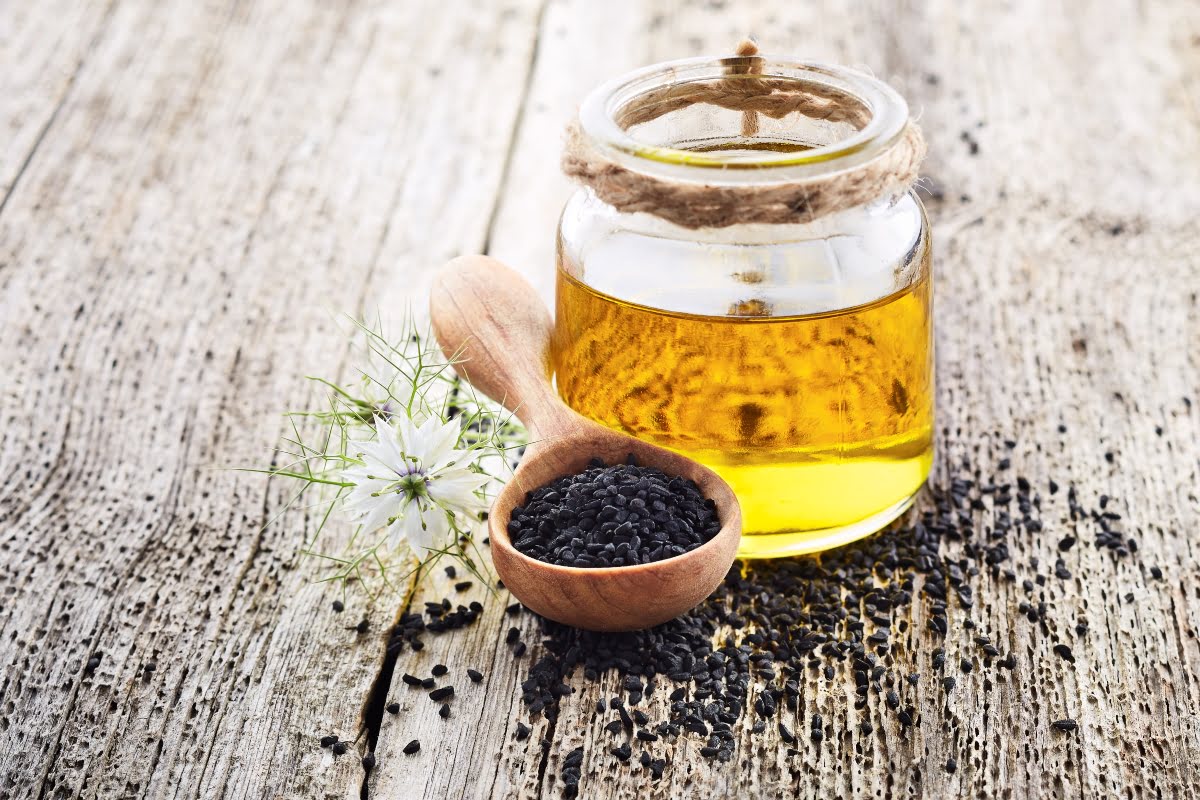
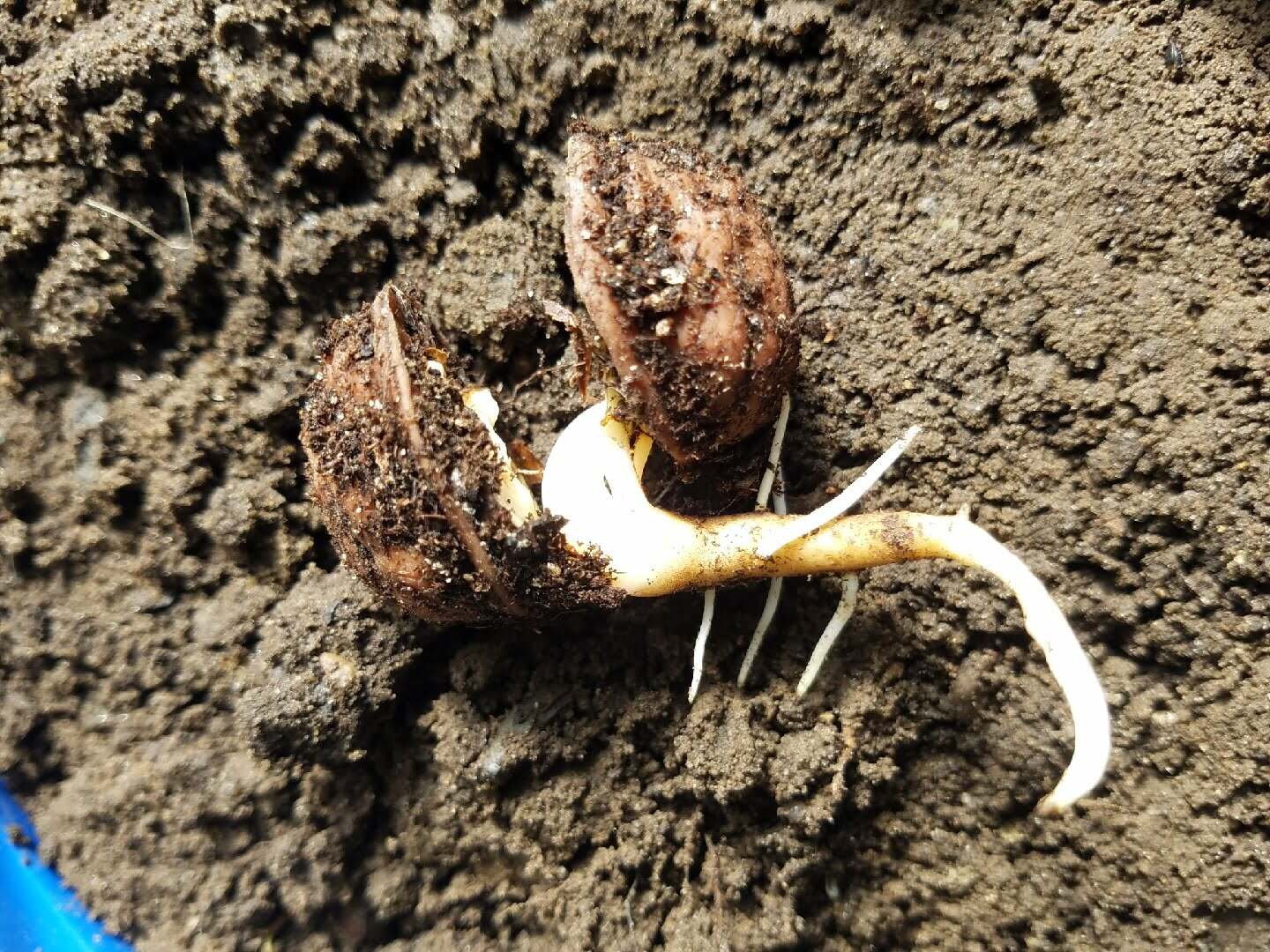
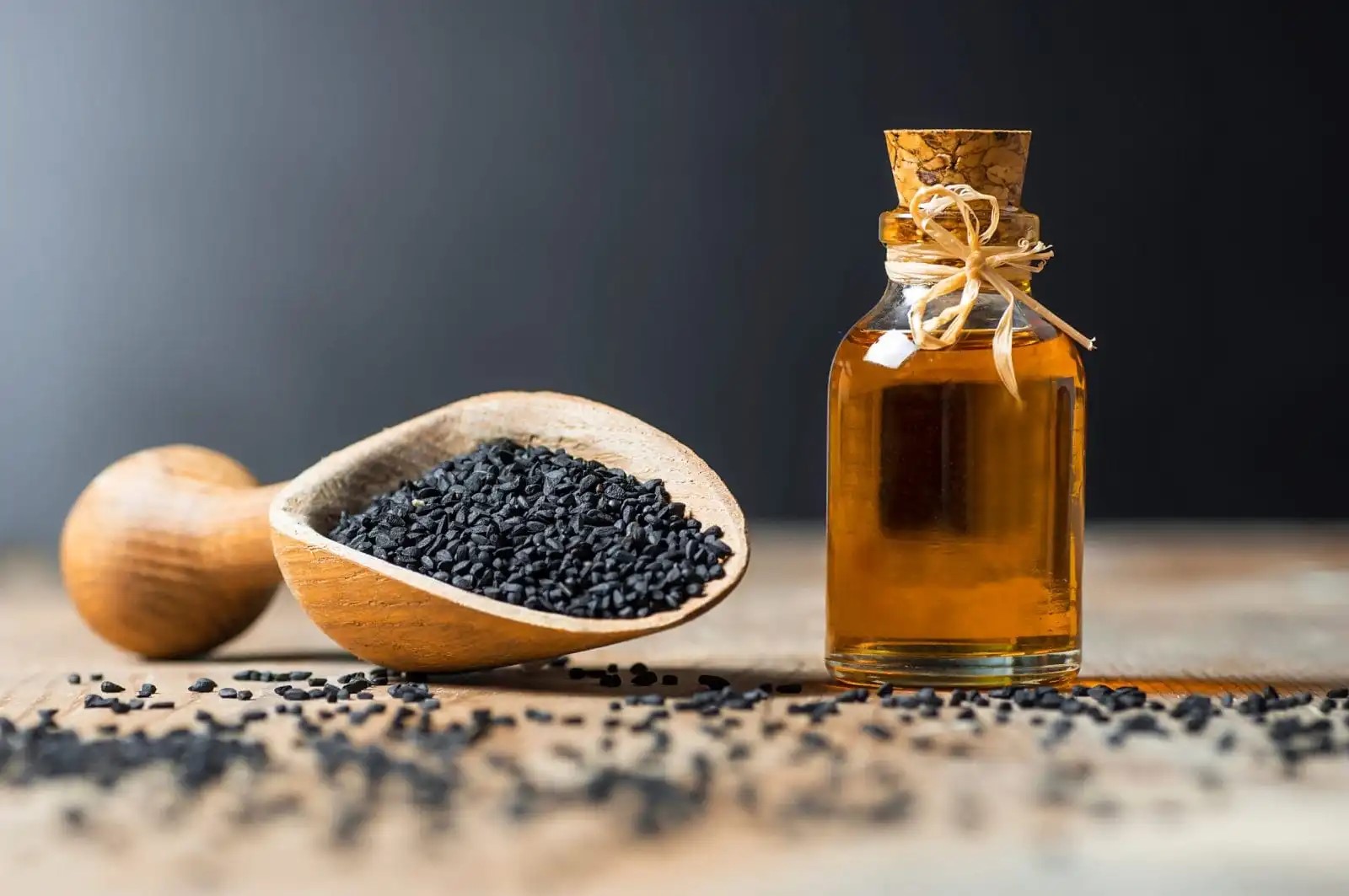

0 thoughts on “How To Grow Black Oil Sunflower Seeds”